
My friends you’re not alone. Recently I was with a bunch of friends and we were discussing our failures in the kitchen as well as some tips/tricks we all learned along the way.
I’ve put together a list of some of my ‘Ya shoulda known better’ kitchen tips.
Oven Hot Spots
So often I hear “I’m a horrible baker”, “I can’t bake anything as it comes out burnt, raw, cooks unevenly or lopsided”. Chances are it’s not you but it could very well be your oven. Test your oven’s temperature as well as test for hotspots. There are 2 methods – test it with an oven safe thermometer. If you set your oven to 350 but your thermometer reads 375, then adjust the setting (review your owners manual for temperature adjustment). Next do the “bread test”. Arrange bread slices to cover the middle oven rack. Bake at 350° for a few minutes, and see which slices get singed―their location marks your oven’s hot spot(s). If you know you have a hot spot in, say, the back left corner, avoid putting pans in that location, or rotate accordingly.
Dry meats
So you’ve been salivating over that big old fat juicy steak on the grill. Silently counting down for the moment you can yank it off the grill and stuff it in your mouth. The grill marks are perfect, you have that incredible sear. You slap it on your face and dive right in only to find out about 4 bites into it that it’s dry and tough. What happened? The first few bites were awesome but the rest is like shoe leather. And I bet if you look on your plate surrounding it, there’s a big ol’ pool of juices around it. Most likely you didn’t let the meat rest for 5-10 minutes before hooverizing it. You need to let it rest. Period! That cooling-off time helps the juices, which migrate to the center of the meat, to be distributed more evenly throughout. The resting rule applies equally to an inexpensive skirt steak or a premium dry-aged, grass-fed steak, as well as poultry. With small cuts like a steak or boneless, skinless chicken breast, five minutes is adequate. A whole bird or standing rib roast requires 20 to 30 minutes. Tent the meat loosely with foil to keep it warm.
Lumpy Gravy
You’ve slaved all day making that gorgeous piece of meat. You have the sides all in place and you’re fixin’ to make the gravy. You add your flour or cornstarch only to find pea-sized white lumps all through it. And no matter how hard you whisk it you just can’t get rid of them. Trust me, no one and I mean NO ONE likes lumpy gravy (at least not lumps of flour!). What you want to do is take out some of the broth from the pan and place it into a bowl. Next add your flour/cornstarch to that. Whisk it into a flour slurry and then pour it into the rest of the pan , whisking the whole time, until the gravy comes together. “Yeah, but I got lumps now!!!” Never fear, it’s not ruined but it’ll take another step. If lumps happen, pass gravy through a sieve or strainer, or puree it with an immersion blender. The only downside of this is if your gravy is to have pieces of stuff in it – onions/mushrooms, etc. You can either discard them or go through the sieve/strainer picking out those pieces.
Thin and flat cookies
So I’m all about thick ‘n chewy fat cookies that have a crisp to the outside but a soft ‘n chewy center. Gingersnaps and the like should be thin and crispy. You mix up your batch of dough, bake your cookies only to find out your perfectly rounded scooped chocolate chip cookie is one giant flat mess. I mean we’re talking flat as a pancake mess. It’s good but very crispy but not burnt. So what gives? That’s not how they looked in the cookbook. Keep your butter cool, right until baking. Butter starts to melt at 68°, and once that happens, its water-fat emulsion breaks and there’s no getting it back. Cold, emulsified butter helps give baked goods structure by taking in air when mixed with sugar. Even if your recipe calls for softened butter, don’t. Well you can but *I* personally don’t do that and my cookies rock… just sayin. You can use a cheese grated and grate the frozen stick of butter into your batter OR, put it in as chopped cubes and then mix. Next, chill your dough for at least an hour. This will give the butter time to re-solidify. Trust me on this… this works!
Charred Skin/Raw Center
I am no where near a BBQ expert; heck I’m more of a beginner but certain things ‘make sense’. Ever have company over, got your famous BBQ sauce made, steaks and chicken on the grill. You are the GRILL MASTER, yes you are. The chicken is nicely browned/grilled only when you go to cut it, it’s raw (ITts RAWWWWWWWWWWWWW! – sorry, had to channel my inner Gordon Ramsey). Don’t lose your grill master status – just follow these basic ‘ya shoulda knowns’ – 2 types of heats are what you need: indirect and direct. Set one side of a gas grill to medium-high and the other to low, or build a fire on one side of a charcoal grill. (Make sure your grate is clean and oiled to prevent sticking.) Start the chicken skin-side up on the low- or no-heat side, and cover the grill. After a few minutes, when the chicken fat starts to render, flip the meat, skin-side down. Point the breasts’ thicker ends toward the hot side to help them cook evenly. Cover and grill for about 25 minutes. When the meat is done (165° at the thickest part of the breast), crisp the skin on the hot side for a minute or two, moving it as needed to avoid flare-ups. Wait until the last few minutes to brush on barbecue sauce: The sugars in the sauce will char quickly.
Price vs Quality
Some people think that just because it says ‘Olive Oil‘ that they are all the same. They couldn’t be further from the truth. If you use a 99cent bottle of olive oil and then use a $10 bottle of olive oil in the same dish you will most certainly notice the difference! Now I am not saying you must use the most expensive item in each dish – if you can afford to do this then we need to talk about me, my bistro and your investing. You want to use what is most economical within your budget. Trust me, I’d love nothing more than to cook with black truffles all day long but since I’m not a Hilton or related to Ina Garten (so love her). Always shop for the best ingredients that you can afford. They’re the foundation of good cooking and why we strive not to make the mistakes described here. Choose top-notch produce, meats, cheeses, spices and oils. Using poor quality ingredients: No matter how mad your baking skills, if you’re using cheap, waxy chocolate, you’re going to end up with a poor end product.
Pie Crusts are tough
A tough pie crust is primarily caused by too much handling – whether it be over-mixing or using too much re-rolled scrap dough. The toughening of a crust typically happens after the fat has been cut or rubbed into your flour. The next step is to add in your liquid – and this step is critical. Once you combine flour with liquid and begin mixing, gluten forms and gluten is not desired in pie crust. Therefore, once you add the liquid, stir only until the dough begins to come together, then turn out onto a surface and work into a ball. Press into a disc and let the dough rest according to your recipe. CHILL CHILL CHILL! Trust me on this. Chill it for a good hour.
Soggy Pie Crusts
There are a few things that you can do to prevent a soggy crust. First, make sure that your oven is hot enough and set to bake (the heat needs to come from the bottom). Filled pies that are not frozen bake at between 425F-450F. Second, if you are making a fruit pie, which contains a lot of moisture, blend the fat into the flour slightly more than you normally would. This coating of the flour produces a water resistant barrier and prevents moisture from being absorbed into your crust.
Expired Ingredients
Yes, even flour, baking powder and oat bran can go off. Nuts, dried fruit, and even chocolate have a shelf life, and if you can’t remember when you bought them, or they smell anything other than sweet, chuck ’em.
Sunken Centers
You have a sink in the center of your baked goods (and they are not doughnuts). This can be caused by a number of mistakes, the first of which is continuous opening and closing of the oven door. If you want to check on your dessert look through the oven window until baking time is nearly completed. The constant open and close exposure to cold air will make your dessert fall. Another reason you might have a sink in your dessert is that there was too much liquid in the batter for your dessert. A cake that has too much liquid will not rise as it normally should, leaving you with a wet mess.
It just falls apart
Your cake or bread falls apart or sticks to the pan after baking. First of all, you have to resist the temptation to take your finished product out of the pan or off of the baking sheet until they cool. If it is still warm it will lead to half of it sticking to the pan and the other half coming off. Allow sufficient time for your dessert to cool so that the whole dessert picks up cleanly and easily.



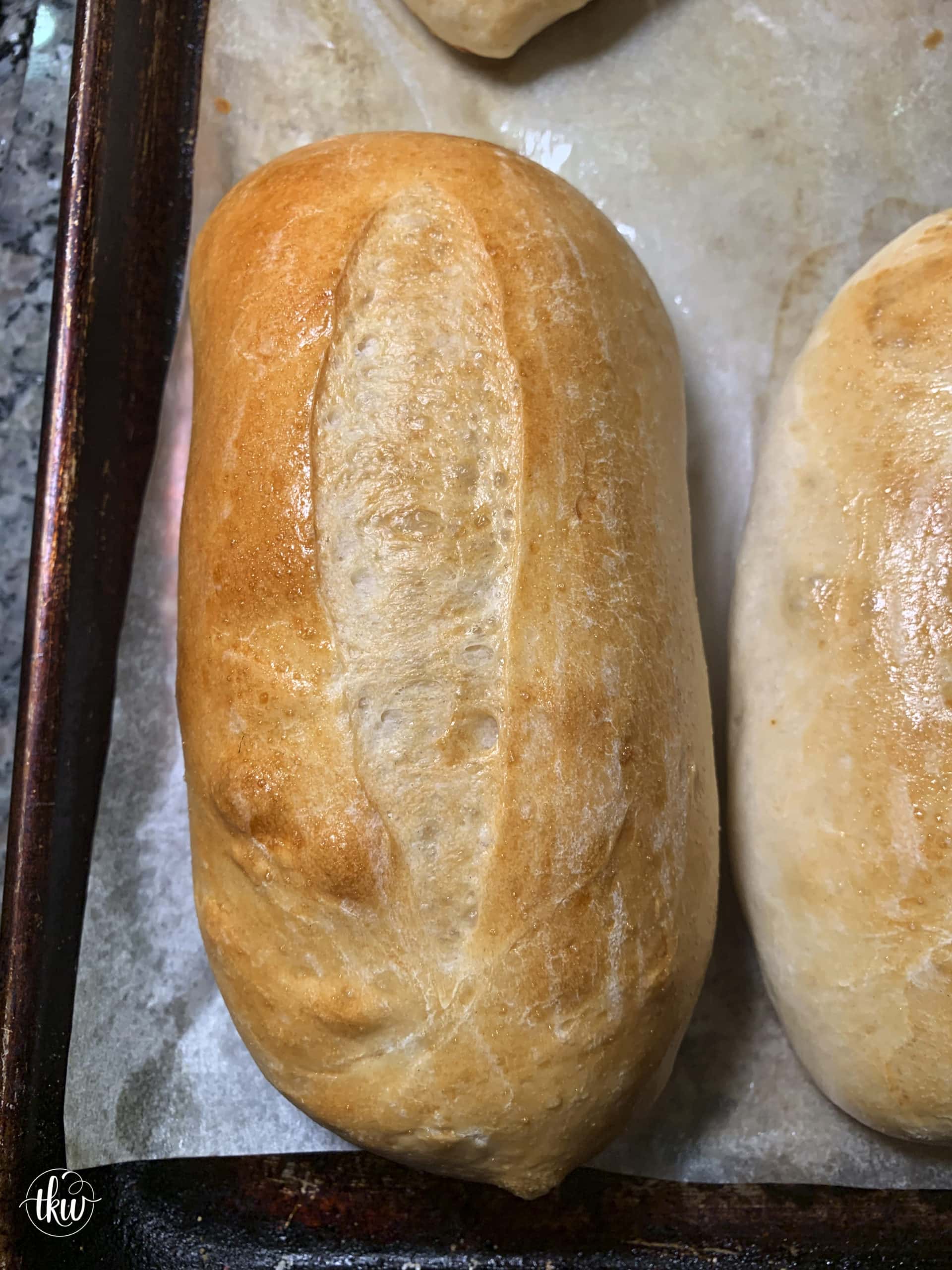
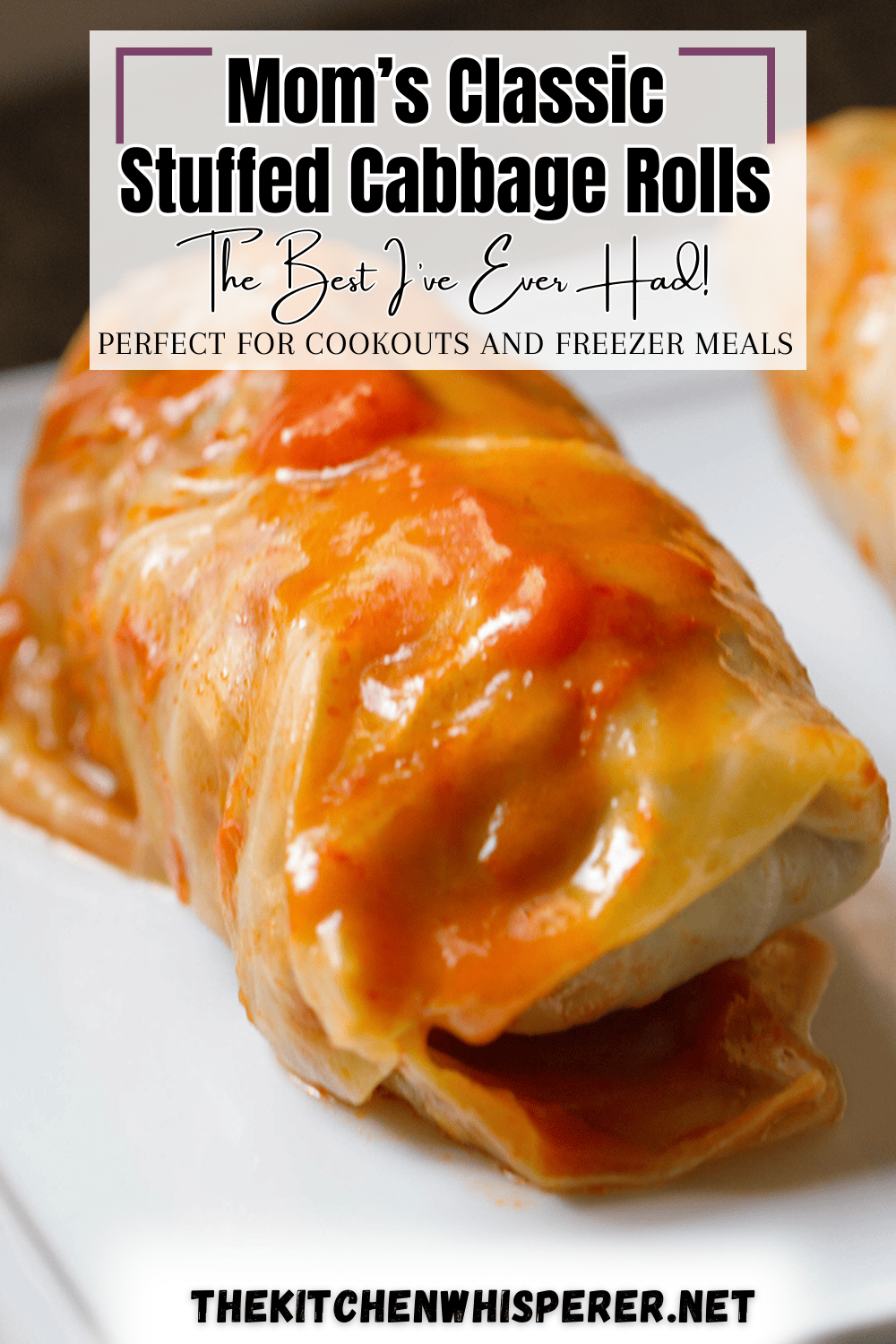
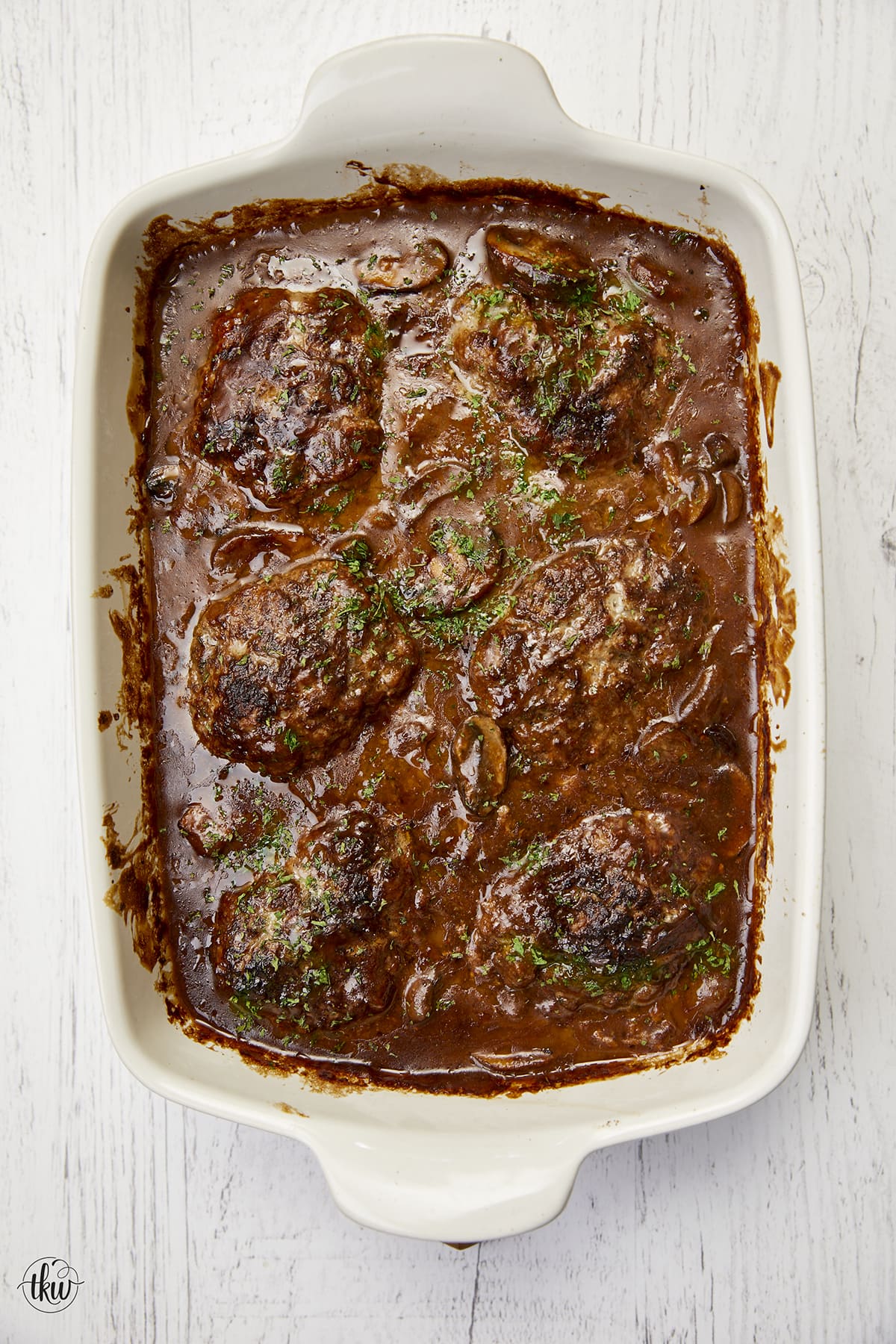


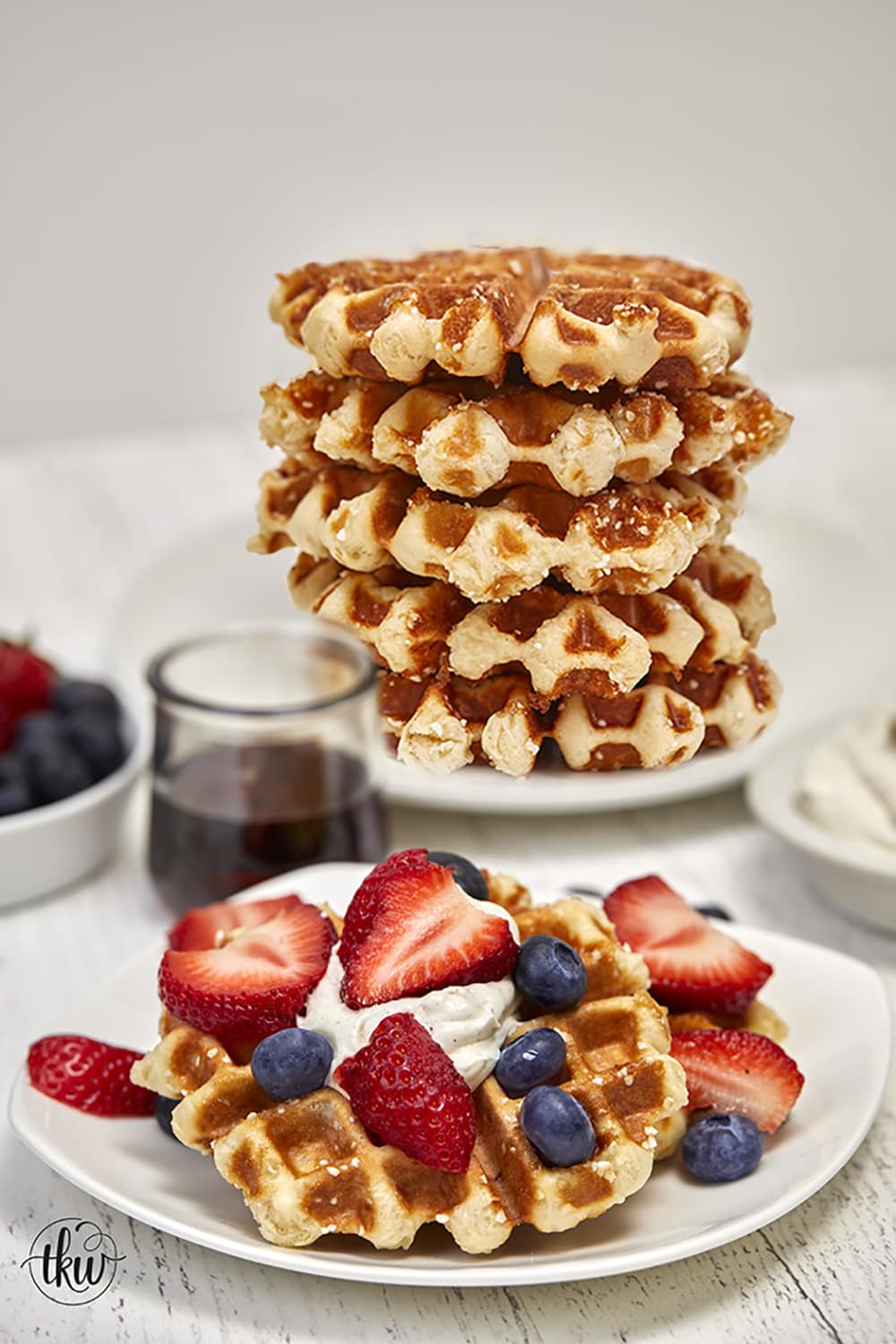

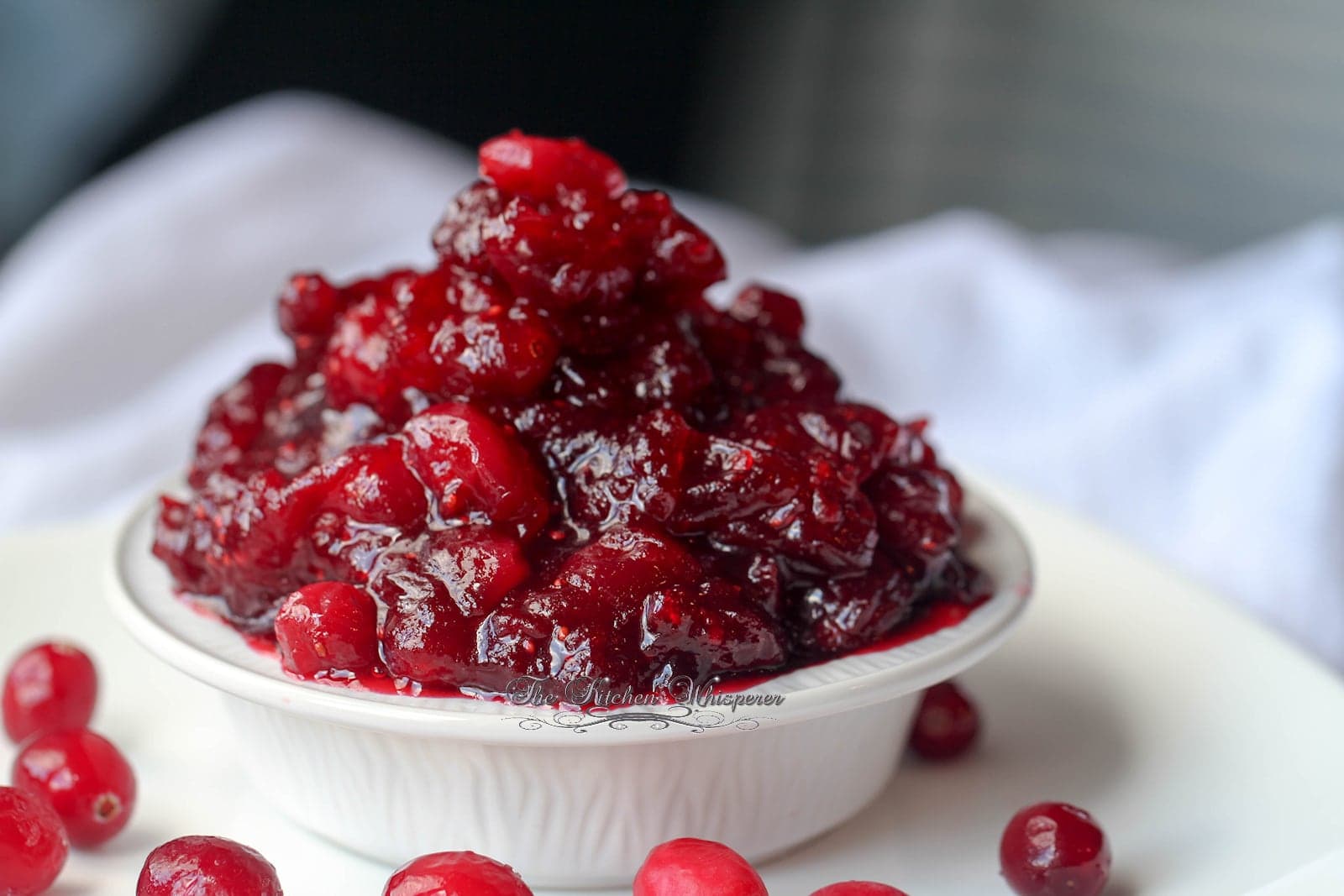
Leave a Reply